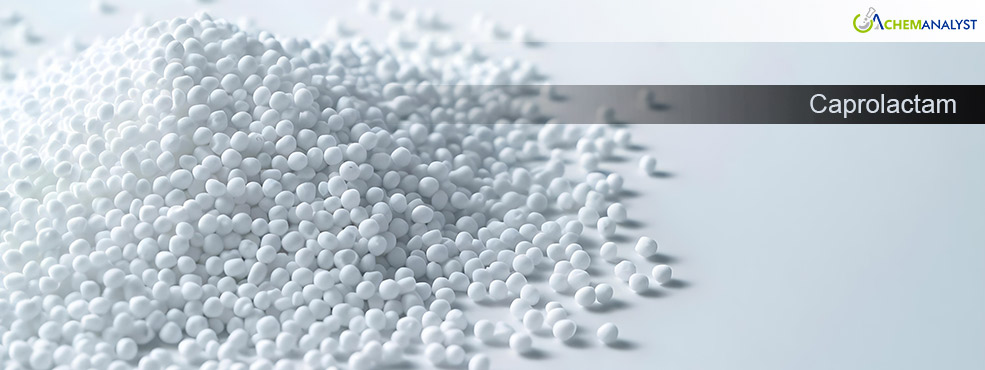European Caprolactam Market Faces Pressure as Automotive Sector Struggles and Demand Decline
- 04-Nov-2024 8:30 PM
- Journalist: Gabreilla Figueroa
In October 2024, the price trend for Caprolactam in the European market has shown a gradual decline compared to September, driven by persistent challenges in the automotive sector that are affecting demand for the product.
Current supply levels of Caprolactam remain adequate, contributing to the pricing weak. Producers are effectively managing existing demands without significant disruptions, ensuring that the market has sufficient stock. However, this stable supply sharply contrasts with the declining demand from the automotive industry, where manufacturers are scaling back operations in response to market pressures.
The demand for Caprolactam has weakened considerably due to the automotive sector's crisis. According to data from the German Association of the Automotive Industry (VDA), vehicle registered in Germany dropped by nearly 7% in September compared to the previous year, further highlighting the sector's challenges, driven by reduced consumer interest and intensified competition from electric vehicle manufacturers. New car registrations in Germany have continued to decline, with an approximately 1% year-on-year drop in the first nine months. In response to these challenges, Volkswagen is planning to close at least three factories in Germany, which will involve laying off tens of thousands of employees and reducing the size of its remaining plants. As automotive companies cut back on production, their need for Caprolactam, a vital element used for various automotive components has also diminished.
The textile industry, another major consumer of Caprolactam, is also facing declining demand. According to recent reports, Germany's business climate index has dropped for the fourth consecutive month, indicating waning confidence in the sector. Additionally, consumers cut back on non-essential spending has further strained the market for new apparel, leading to reduced consumption of nylon products in textiles. This trend reflects a growing preference for sustainable practices, which has negatively impacted Caprolactam sales as manufacturers adapt their production strategies.
Adding to the market's complexities, the upstream industry, particularly benzene an essential feedstock for Caprolactam production is also experiencing declining prices. Geopolitical shifts and economic stagnation are pressuring European benzene prices, leading to a further tightening of margins in the Caprolactam supply chain. This decline in benzene pricing is indicative of weaker demand across various sectors, exacerbating the challenges faced by Caprolactam producers.
The broader economic activities in Germany have not been favourable either. Economic sentiment has significantly dropped, reflecting concerns over potential regulatory fines related to emissions standards. This uncertainty has led to decreased investment and production levels in the automotive sector, compounding the decline in Caprolactam demand. Furthermore, Germany's Manufacturing Index has also shown signs of contraction, indicating reduced activity and order volumes within the manufacturing sector.
Looking ahead, the outlook for the Caprolactam market remains uncertain. With the automotive sector continuing to face challenges, including potential regulatory pressures and shifts in consumer preferences, demand may remain subdued in the near future.



